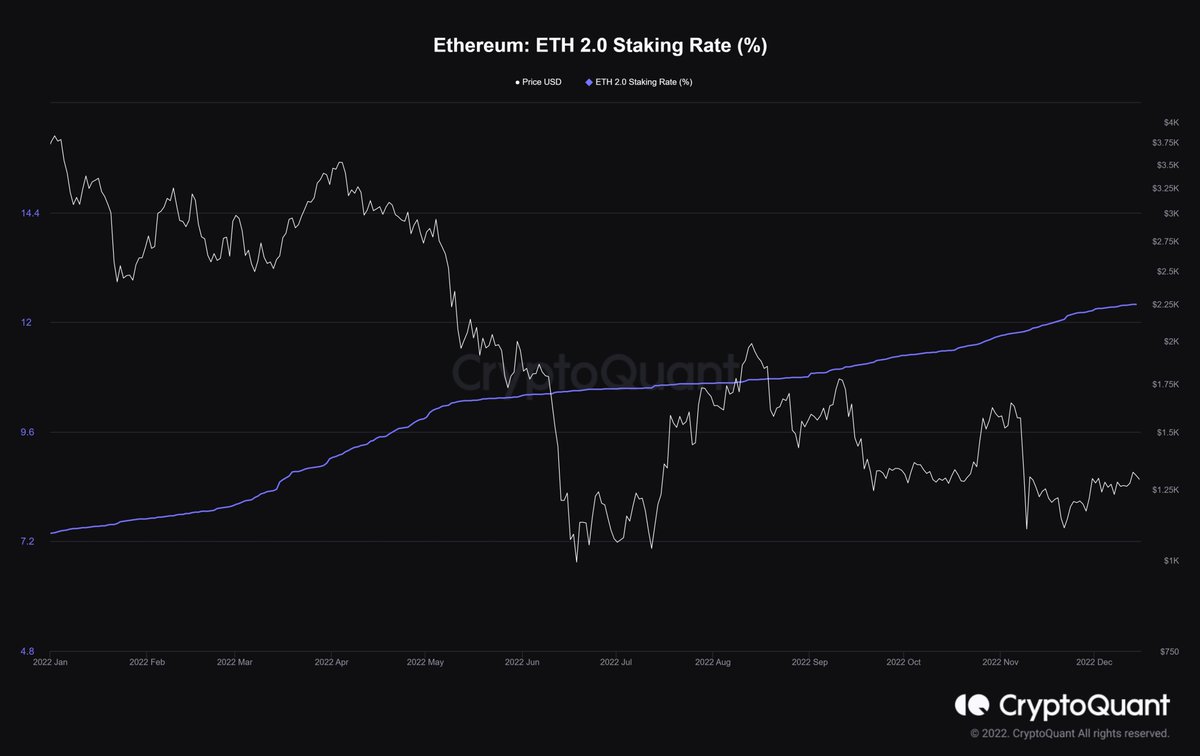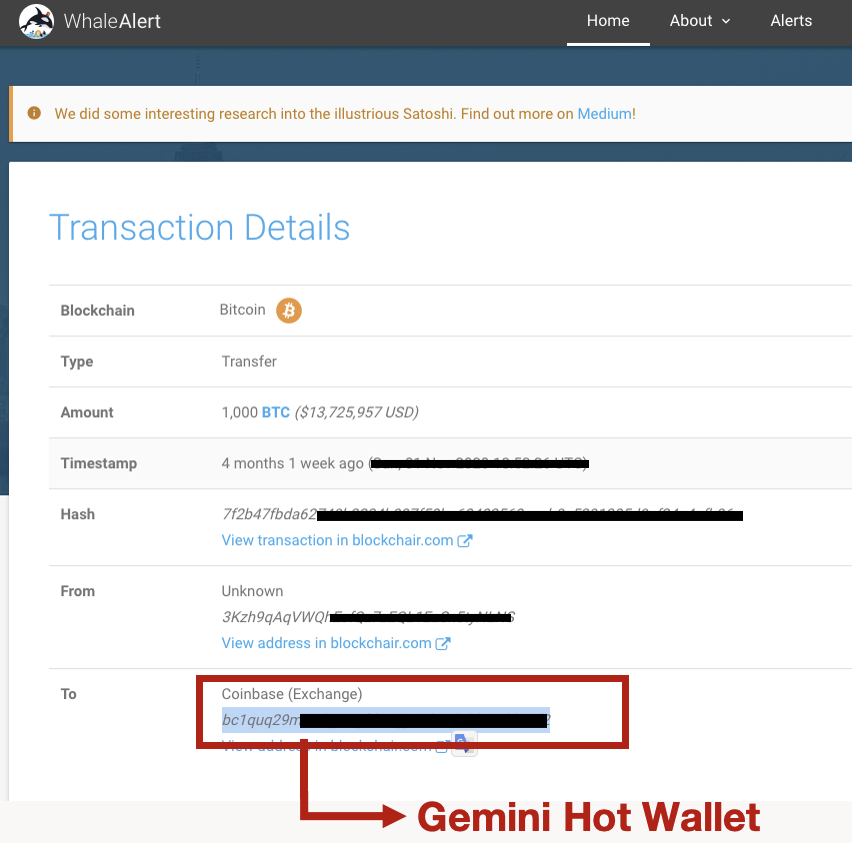
🚨 $ETH Mass-Selling Event Is Coming?
1/ The #ETH2 Deposit has amassed, holding 12% of the total supply.
As the $ETH exchange reserve drops down to 15% of the total supply and continues to decrease,
What will happen on $ETH after the Shanghai Hard Fork?🧵
shorturl.at/svV08
1/ The #ETH2 Deposit has amassed, holding 12% of the total supply.
As the $ETH exchange reserve drops down to 15% of the total supply and continues to decrease,
What will happen on $ETH after the Shanghai Hard Fork?🧵
shorturl.at/svV08

2/ #Ethereum 'Shanghai Hard Fork' is set for March next year.
After the fork, it will enable withdrawals for $ETH stakers/validators from the Beacon Chain.
📝 #ShanghaiHardFork #Shanghai
🗓️ Mar 2023
theblock.co/post/193350/et…
After the fork, it will enable withdrawals for $ETH stakers/validators from the Beacon Chain.
📝 #ShanghaiHardFork #Shanghai
🗓️ Mar 2023
theblock.co/post/193350/et…
3/ How much $ETH be withdrawn on #ETH2?💰
It can be estimated to be about 15M, or 12% of the total $ETH supply.
From a short-term perspective, there are higher APY strategies than staking rewards by depositing ETH2 that might not be promised to withdraw.
shorturl.at/grvx1

It can be estimated to be about 15M, or 12% of the total $ETH supply.
From a short-term perspective, there are higher APY strategies than staking rewards by depositing ETH2 that might not be promised to withdraw.
shorturl.at/grvx1


4/ How have the ETH2 depositors and balance changed? 📊
Compared to 2021, the number of depositors decreased by 57% in 2022.
But the deposited balance is similar to last year.
In other words, the total balance per deposit increased by 133% in 2022👀
Compared to 2021, the number of depositors decreased by 57% in 2022.
But the deposited balance is similar to last year.
In other words, the total balance per deposit increased by 133% in 2022👀

5/ What about the $ETH exchange reserve?
It may be that the balance of $ETH2 increases as the $ETH exchange reserve decreases.
18M of $ETH are held on the exchange, 15% of the total supply.
However, the exchange reserve is an ongoing downtrend.
shorturl.at/clnR1
It may be that the balance of $ETH2 increases as the $ETH exchange reserve decreases.
18M of $ETH are held on the exchange, 15% of the total supply.
However, the exchange reserve is an ongoing downtrend.
shorturl.at/clnR1

6/ After the Merge, the supply began to decline; 0.1M🔥
The supply and demand dynamics will shift after the fork, $ETH price volatility is imminent.
Will #Shanghai trigger mass-selling?
Or is it an opportunity that provides more liquidity to buy more $ETH
shorturl.at/amH18
The supply and demand dynamics will shift after the fork, $ETH price volatility is imminent.
Will #Shanghai trigger mass-selling?
Or is it an opportunity that provides more liquidity to buy more $ETH
shorturl.at/amH18

• • •
Missing some Tweet in this thread? You can try to
force a refresh













